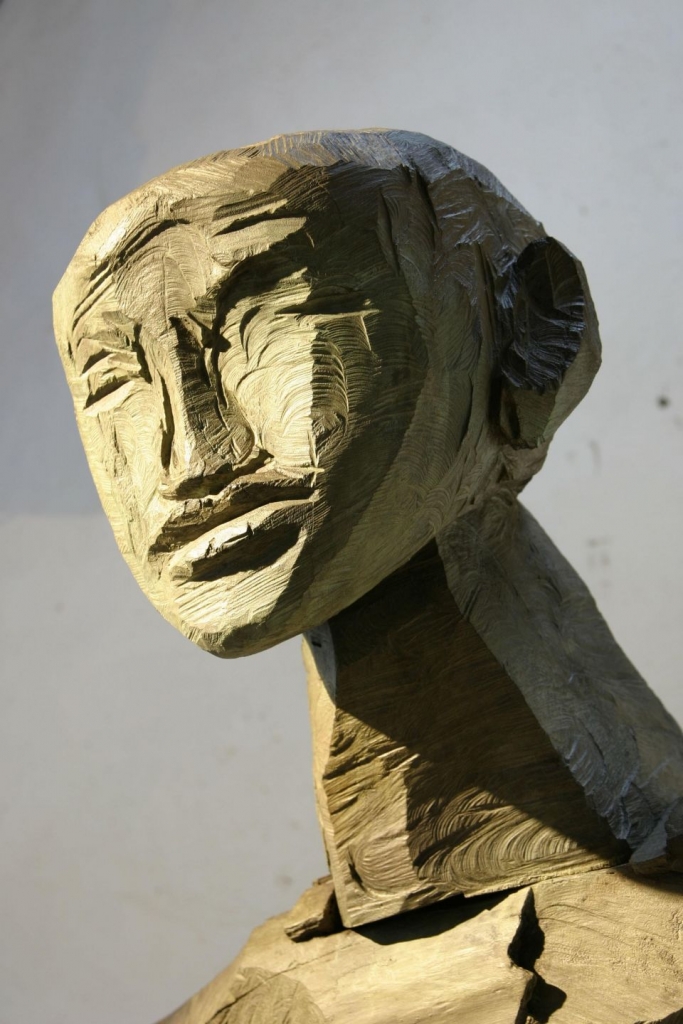 Dietrich Klinge. Transformations
Dietrich Klinge. TransformationsDIETRICH KLINGE
Among the movements of the early twentieth century, German expressionism has survived in an outstanding manner, thanks to a very significant number of artists in that country itself. Although the death of the movement was announced in the 1920s, it has left an unquestionable imprint on painting and sculpture, as well as on literature, the cinema, music, the theatre, and dance. Even today we can find numerous artists who reinterpret some of its principal stylistic features. Without going any further, this is the case of Dietrich Klinge (Heiligenstadt/Eichsfeld, Germany 1954), of whom Es Baluard Museu d'Art Modern i Contemporani de Palma is presenting “Transformations”, an installation of sculptures in the Museum’s Aljub.
Dietrich Klinge’s works carry the clear imprint of German expressionism: the return to a primitivism, not without a wild spirit, that denotes and transmits restiveness, is very patent in the way the sculptures are carved, as well as in the mythological references and characterisation of the personages. Likewise, the return to wood carving, an ideal technique for the German expressionists, can be found to a certain extent in Dietrich Klinge’s figures, which are first carved in wood and then cast in bronze. The totemic aspect of Klinge’s sculptures and their domineering augments their symbolic power.
Thus, Es Baluard’s Aljub becomes a kind of crypt in which mythological characters, deformed and disarticulated (another characteristic of German expressionism), establish a dialogue among themselves, at the same time as they impose their enigmatic presence on this historical space.
Location – Hall: Aljub
Production: Es Baluard Museu d'Art Modern i Contemporani de Palma



